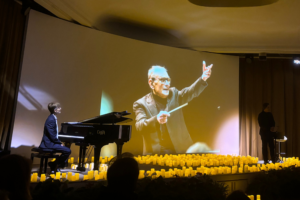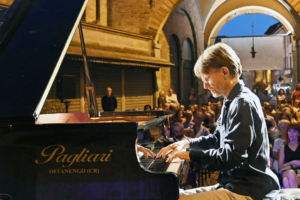
Memory, perception, and the form of music

Music is much more than just a sequence of notes—it is a journey through time. Each musical piece unfolds moment by moment, and our brain perceives it progressively. But what determines our engagement when we listen to a piece for the first time? The answer lies in our ability to perceive the form of a composition, which is closely linked to musical memory.
Music and Memory: A Sonic Puzzle
Imagine a puzzle: we cannot see the full picture until all the pieces are in place. Music works the same way. Since it unfolds over time, we cannot grasp it all at once like a painting or a sculpture. The musical form comes to life as we listen, piece by piece, until it reveals its complete design.
One of the key elements in understanding a composition is repetition. When a musical theme returns after a period of absence, our brain recognizes it and connects it to what we have already heard. Without this mechanism, music would be a continuous flow without reference points, making the listening experience less engaging.
The Importance of Repetition in Music
A piece without repetition might create disorientation, just as obsessive repetition could bore the listener. The secret to musical beauty lies in the right balance between novelty and familiarity.
When we listen to a piece for the first time, we experience pleasure in recognizing a motif that reappears. This sensation allows us to participate actively in the listening process, forging a connection between composer and listener.
Predictability and Surprise: The Magic of Music
Every composer plays with expectations and returns, with variations and repetitions, creating a balance between surprise and predictability. While surprise is an essential element in music, predictability also plays a crucial role.
When we hear a musical progression (a motif repeated at different pitches within a scale), we feel a sense of satisfaction. For a moment, we become part of the creative process, almost as if we were composing the piece alongside the author. This phenomenon explains why we sometimes start humming a melody even before fully knowing it.
Active Listening: The Listener as Co-Creator
Listening to music is far more than a passive act. Through memory and perception, we form connections with melodies, anticipate their development, and actively participate in the musical experience.
Next time you listen to a piece, try to notice how your brain recognizes motifs and repetitions—you might be surprised at how much your mind is an integral part of the music itself!

Pier Francesco Forlenza:
Pianism without boundaries, between tradition and innovation
Pier Francesco Forlenza is proudly powered by WordPress



